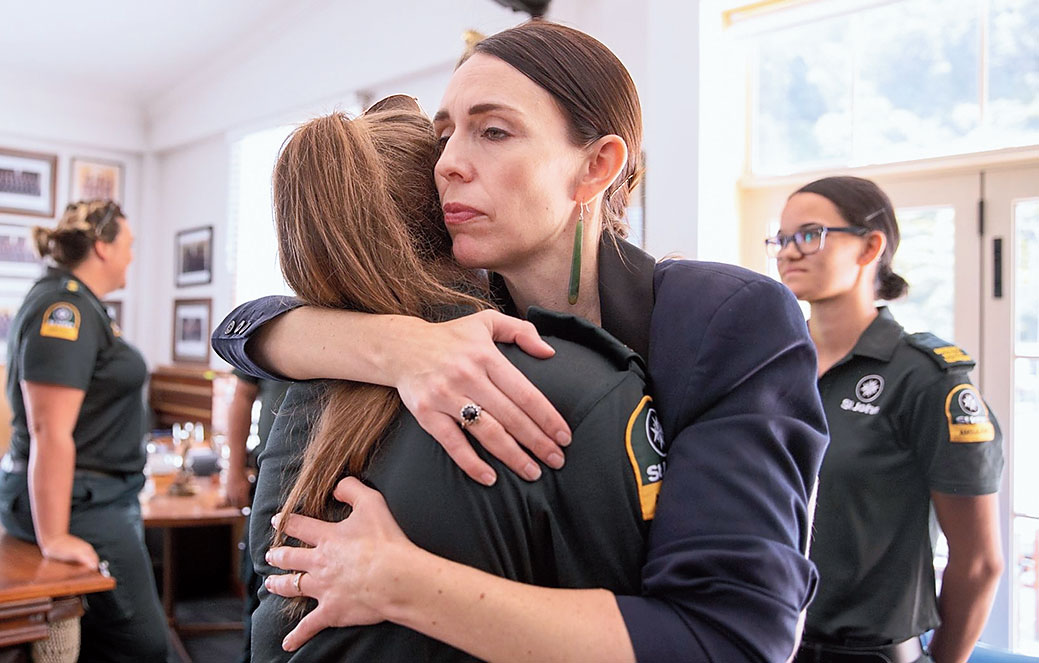Above the noise of the boat engine, there was quiet, Geoff Hopkins remembered. There was no rumble, no roar to signal that the White Island volcano had awakened.
The crater he’d just circled with his 22-year-old daughter, Lilani, erupted as they sat in a catamaran several hundred meters from shore, watching with other passengers as the island disappeared under ash.
“A rolling rumbling mass of ash tumbled over the cliff face, in all directions, and it completely engulfed the island,” said Hopkins, a 50-year-old pastor. “It cut out the sun, it went dark. You couldn’t see that there was an island there. It was completely covered in ash.”
That Hopkins, his daughter and dozens of others were allowed to go near the island — let alone scale the crater at its centre — when geologists had repeatedly warned of increased volcanic activity is now the subject of an investigation, with the death toll from the eruption on Monday having risen to eight.
As of Tuesday afternoon, eight others were also believed to have died, with emergency workers still unable to reach the island to retrieve them.
And the question heard over and over in the long hours since, heard as the injured were carried to the docks, is: “Why?”
Why was anyone — from retirees to children — allowed to tour the crater of an active volcano, despite warnings about bursts of gas and steam in recent weeks? Why would tour operators and cruise lines tout an adventure ride, with prices starting at $260 per child, at such risk?
And why, as of Tuesday, were there no clear answers to who is ultimately accountable for ensuring visitors’ safety: the family that owns the remote island, or the government charged with enforcing health and safety regulations?
“There has to be more respect for nature. We can’t assume we can access anything we want,” said Jozua van Otterloo, a volcanologist at Monash University in Melbourne, Australia, who visited White Island — also known by its Maori name of Whakaari — in 2012. “This is something policymakers and the public need to consider.”
The volcano is the island’s main draw. The town of Whakatane calls itself the “Gateway to White Island,” and much of the local economy is driven by tourist visits.
White Island has long been promoted as New Zealand’s most active volcano, appearing in Lord of the Rings and other blockbusters, when it is in fact little more than its dangerous apex. Around 70 percent of the volcano sits under the water, and tourists walk into its crater and up to the lip of its crater lake.











